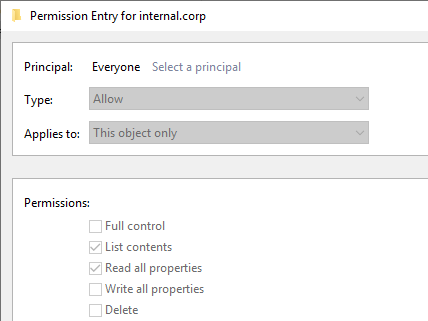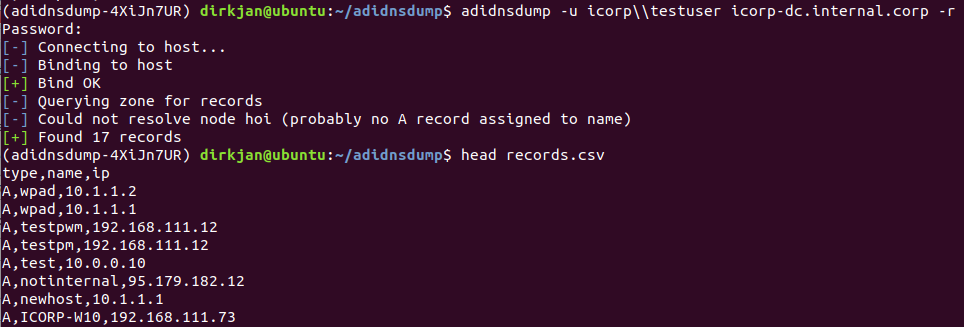Aún no he hecho las diapositivas, pero voy a hablar un poco de las últimas cosas que he estado trabajando, entre ellas sobre mis cosas con las AI, la privacidad, el BigData, las Fake News, el FaceSwapping, el Sentiment Analysis, el GDPR, el Sesgo, y todo lo que llevo publicando - más o menos - en los últimos meses en el blog. Puedes ver la jornada en streaming aquí mismo. Mi charla es a las 10:30.
Figura 2: Sigue en directo X1Red+Segura
Después, yo estaré firmando unos libros de 0xWord después de mi charla, para aquellos que quieran llevarse uno de nuestros libros y colaborar con este proyecto de editorial - como la cerveza - artesana. Más información en la web del evento.[13 al 16 de Mayo]I-Com
[Ubicación] Málaga
El evento anual más importante del mundo entorno a Smart Data Marketing, el arte de aprovechar creativamente el valor de los datos para crear una ventaja competitiva en productos, experiencia de usuario y promoción. Tienes toda la información en la web del congreso que tiene lugar en Málaga.
Una cumbre en el que se reúnen expertos de todo el mundo, dando la bienvenida a líderes sénior, incluidos los CMO, los directores digitales, los CIO, los directores de datos y las CAO, entre los que participará también nuestro compañero el Dr. Richard Benjamins, Data & AI Ambassador de LUCA. Una jornada que brindará la oportunidad de explorar en un entorno confiable la vanguardia de este paradigma en el que se presentan más de 80 estudios de caso y fomentar la colaboración necesaria en estas áreas funcionales.[14 de Mayo] Gala del Día de Internet [Madrid][G]
[Ubicación] Madrid y Online
La Gala de entrega de los Premios de Internet 2019 se celebrará en Madrid el 14 de mayo, martes, a las 12:00 horas en el Espacio de Fundación Telefónica. La Gala de entrega de los Premios de Internet es uno de los actos centrales del Día Mundial de Internet, #diadeinternet , y reúne a los mejores en Estrategia Digital, Campañas de comunicación on-line, Investigación y Emprendimiento y Marca personal en Redes Sociales en el universo Internet de habla hispana.
Por su alfombra roja pasarán todos los invitados realizando el correspondiente posado, todos podrán fotografiarse en el photocall que da acceso al auditorio y compartir sus fotos en las redes sociales. La Gala será conducida por Macarena Berlin periodista española directora y presentadora de programas en La Ser (Los muchos libros) y en RTVE (+Cotas). Durante la Gala se darán a conocer los ganadores de cada una de las categorías de la presente edición. Más información en la web de la Gala del día de Internet.[14 de Mayo] Semana de la Seguridad en Banco Estado
[Ubicación] Santiago de Chile
El martes 14 de mayo Gabriel Bergel participará en la semana de la ciberseguridad del Banco Estado con la ponencia titulada: "El arte del Engaño" que tendrá lugar en Chile.[15 de Mayo] CIIA 2019 [*]
[Ubicación] Santiago de Chile
Este día estaré en Chile participando en un evento sobre Ciberseguridad para dar una charla en la que explicaré algunos de los ataques al correo electrónico y redes sociales que utilizan los cibercriminales para atacar empresas y particulares. Tenéis toda la información en la web del congreso.
 |
| Figura 3: CIIA 2019 Chile |
[16 de Mayo] Curso Online de Hacking Experto
[Ubicación] Online
Este día da comienzo una nueva edición en The Security Sentinel del curso de orientación profesional más orientado al mundo laboral si quieres incorporarte al mercado de la seguridad informática y la ciberseguridad: Curso Online Hacking Ético Experto. Con 240 horas de formación, este curso te prepara para entrar en este sector de manera profesional.
 |
| Figura 4: Curso Online de Hacking Experto de The Security Sentinel |
Este curso te proporciona los conocimientos necesarios a nivel conceptual y práctico para que puedas implementar en empresas y negocios, un sistema Integral de seguridad informática integral y perimetral, apoyados por el uso de Software Libre. Desarrollarás y adquirirás habilidades prácticas para la realización de auditorías de sistemas intrusivas, usando las técnicas de la Auditoria de T.I del tipo “Hacking Ético y/o Test de Penetración”. Conocerás los diferentes tipos de atacantes, así como a usar las diferentes técnicas y herramientas de intrusión utilizadas por los delincuentes informáticos para lograr violentar la seguridad de un sistema de información.
Con este curso, podrás realizar sin problemas auditorías de pentesting con su correspondiente informe profesional, además de conocer los métodos utilizados por los delincuentes cibernéticos para poder contrarrestar sus ataques. Este curso se ha definido con un 75% de práctica y un 25 % de teoría, lo que te facilitará mucho el aprendizaje y el aprovechamiento máximo de conocimientos. Orientar las auditorias intrusivas haciendo uso de las normas y buenas prácticas en seguridad de la información a nivel internacional. Aprender las técnicas de ataque y protección de las redes de datos y las aplicaciones web dinámicas. Además, todos los asistentes recibirán el libro de Pentesting con PowerShell de 0xWord 2ª Edición[16 y 17 de Mayo] 9º Congreso Auditoría Interna
[Ubicación] Guayaquil (Ecuador)
El 16 de mayo dará comienzo la edición número 9 del Congreso Auditoría Interna Guayaquil que se celebra en Ecuador bajo el título " Fortaleciendo el control interno y la gestión de riesgos en las 3 líneas de la defensa". Enfocado para profesionales que realizan funciones de control financiero, gestión de riesgos, control interno, seguridad de la información, compliance, calidad y auditorías, nuestro CSA, Claudio Caracciolo, participará con la ponencia: "¿Qué debe conocer el auditor cuando hablan de innovación en seguridad?" el 16 de mayo. Programa completo aquí.[17 de Mayo] Día de Internet
[Ubicación] Madrid
El Presidente del Senado y el Comité de Impulso del Día de Internet, formado por más de 50 colectivos sociales, convoca a los representantes del mundo político, empresarial, mediático, cultural y social al Debate plenario que celebraremos en el Senado, el Viernes 17 de mayo a las 12:30 horas, sobre “El impacto de los tecnología en los Objetivos para el Desarrollo Sostenible (ODS)”. Internet para conseguir los Objetivos de Desarrollo Sostenible. Toda la información en la web del acto.
El tema que el Comité de Impulso ha propuesto para esta edición del #diadeinternet en el Senado es revisar desde diferentes perspectivas como Internet puede contribuir a conseguir un planeta más sostenible a partir de los Objetivos para el Desarrollo Sostenible propuestos por Naciones Unidas. Para ello hemos convocado una mesa con representación de Partidos, Administración, Empresas y Sociedad civil para que nos expongan sus puntos de vista sobre este tema en un momento de cambio político en nuestro país en el que cada vez lo sostenible cobra mayor relevancia en nuestras vidas.































.png)



